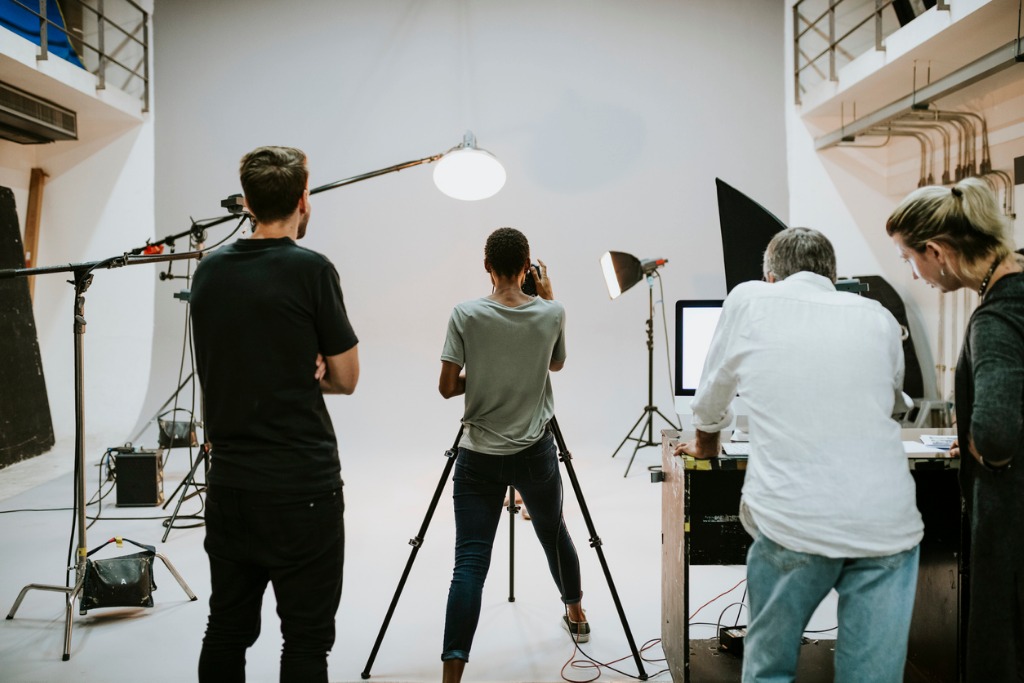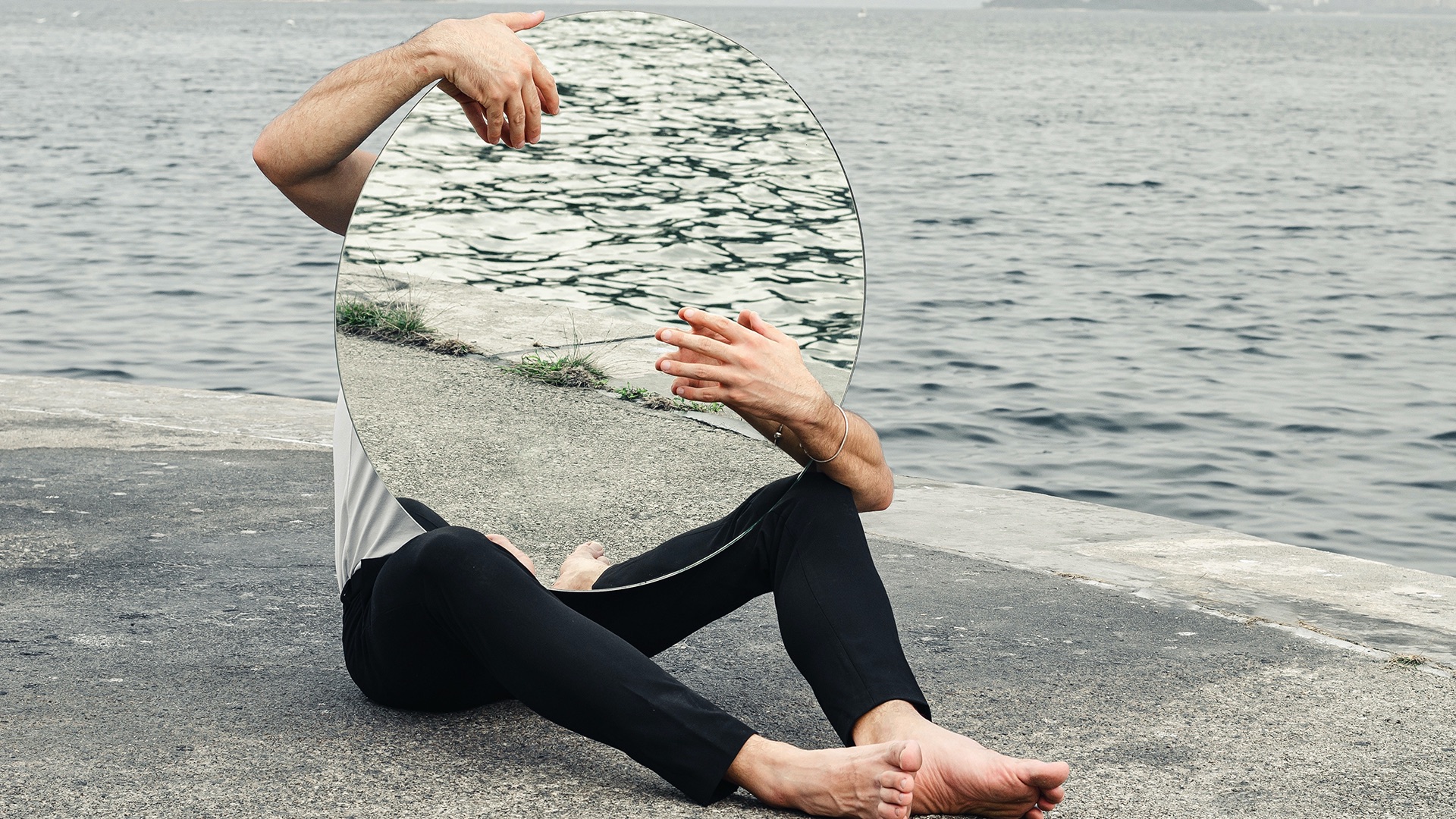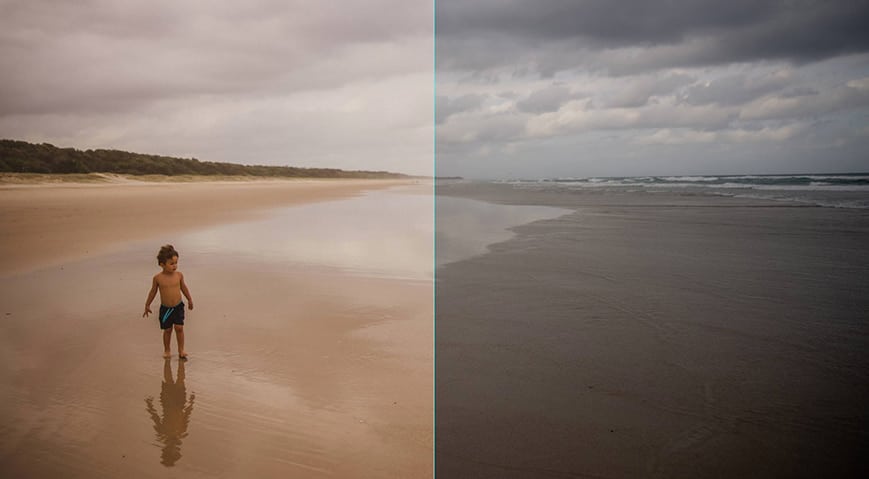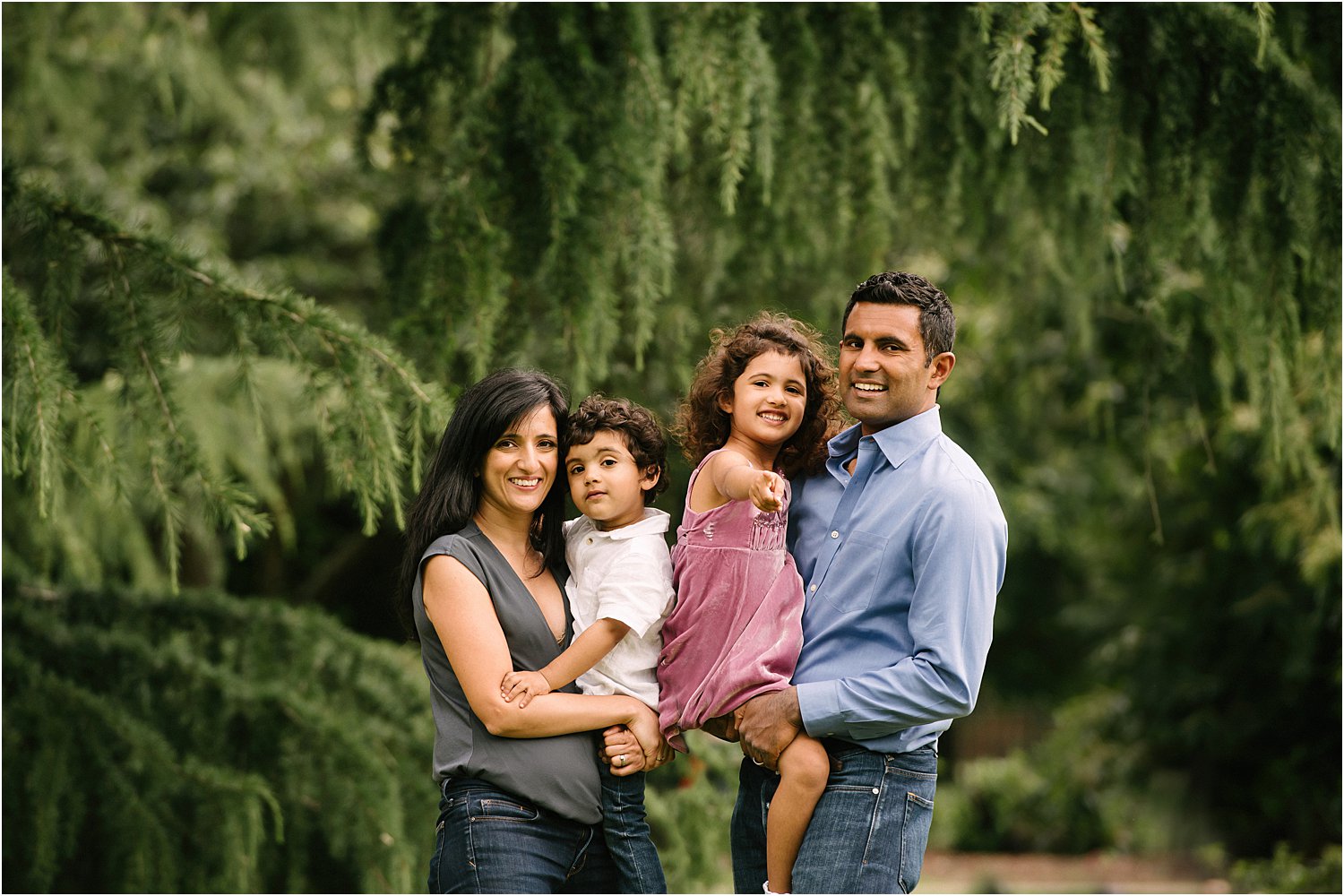Different photoshoot kinds
There are a few different types of photoshoots:
Studio: This is when the photographer and model(s) are in a controlled environment, typically a studio with studio lights.
Location: This is when the photographer and model(s) are in a natural environment, such as outdoors or in a public place.
Conceptual: This is when the photographer and model(s) come up with a themed shoot, such as "spring" or "night."
Fashion: This is when the focus is on the clothing and styling of the model(s).
Portrait: This is when the focus is on the personality of the model(s).
Tips for clients
Getting ready: Clothing, Makeup, and Hairstyle
Clothes are an important part of any photoshoot. The photographer and model(s) should work together to come up with an outfit that is perfect for the shoot. If there is a specific type of clothing or theme for the photoshoot, it's important to choose clothes accordingly.
Makeup and hairstyle can also be key factors in coming up with a good photoshoot look. It's best to ask the photographer what they prefer before the photoshoot takes place so that you're not stuck having spent money on something you won't be wearing anyway.
If you have a lot of freckles or scars, then you could keep it simple with just a bit of foundation and powder. Otherwise, if your skin is pretty clear, then try a colorful eyeshadow palette (which gives you more options for different looks), mascara, and eyeliner; also put on some blush or bronzer (if you have an olive or dark complexion, you can use a contouring kit to add definition).
There are many ways to style your hair for a photoshoot. If you want it to look more natural, you could try curling it with a wand or using beach waves spray. If you want it to look more formal, you could try sleek and straight hair or pinning it up into an elegant updo.

What to wear for a photoshoot?
- for studio photoshoot: the model(s) should wear clothing that is easy to move in and that doesn't have a lot of wrinkles
- for location photoshoot: the model(s) should wear clothing that is comfortable and weather-appropriate. If it's a cold day, they should bring a coat!
- for conceptual photoshoot: the model(s) should wear clothing and accessories that match the theme of the shoot
- for fashion photoshoot: the model(s) should wear clothing that shows off their figure and style
- for portrait photoshoot: the model(s) should wear clothing that makes them feel confident and beautiful!
How to pose?
There is no one way to pose for a photoshoot. You could try different poses until you find one that looks natural and beautiful. Sometimes, it helps to have a photographer who can give you direction. If you're feeling stuck, here are a few basic poses to get you started:
- The classic "smile and tilt your head down" pose
- The "leaning against something" pose
- The "sitting on the ground" pose
- The "hands in pockets" pose
- The "crossing your arms" pose
- The "looking off into the distance" pose
How to feel comfortable in front of a camera?
Some people are natural performers and feel comfortable in front of a camera. Others find it more difficult to relax and be themselves. If you're feeling shy or uncomfortable, here are a few tips to help you feel more at ease: Take a deep breath and relax your shoulders. Think about something that makes you happy. Smile!
Make sure your posture is upright and confident. Look into the lens of the camera and pretend you're having a conversation with the person behind it.
Boudoir photoshoot ideas:
- turn on some music and dance around
- get into bed, get under the covers and take some cute selfies (don't forget to move all your hair out of your face!)
Portrait photoshoot ideas:
- treat the photoshoot like a fun little project, and try to have a good time with it!
- if you're wearing makeup, fix your hair while you wait for everyone to get ready.
- get into character! Think about a funny or interesting character that you could pretend to be while the photographer is setting up equipment. This will take your mind off of being in front of a camera.
- try different poses like sitting with legs crossed resting head on knee. Lean against a wall or door frame. On a chair (bent knees if leaning).

Fashion photoshoot ideas:
- come up with 2 potential outfits; one more casual option and one slightly dressier option (but still comfy)
- bring accessories! A fun statement necklace or a bright scarf can add personality to an outfit.
- think about your favorite article of clothing and try to showcase that in your photos.
Conceptual photoshoot ideas:
- think about a theme or idea for your shoot, and brainstorm some interesting concepts that would fit with that theme
- try out different makeup and hair looks until you find one that you like
- use props! If you're shooting at home, raid your kitchen or bedroom for cool items that you can use in your photos. If you're shooting outside, find natural objects to use as props (like leaves, branches, or flowers).
Location photoshoot ideas:
- try to find a location that is interesting and beautiful, and will complement your outfits/concept
- think about the weather and choose a location that will be appropriate for the conditions (for example, if it's windy outside, you might want to shoot in an indoor location)
- ask friends and family if you can borrow their backyard, patio, or porch for the shoot
- if you're feeling adventurous, try out a location you've never been to before! Just make sure you have google maps open on your phone just in case you get lost.
- make sure to bring a lot of water and snacks, especially if you're shooting outdoors! It can be really tiring to be running around all day.
Family photoshoot ideas:
- play games! Soccer in the park, tag, catch. The more fun you have, the better the photos will be.
- go to a farmers market or local fair and take pictures while you're there
- try out different poses, like everyone sitting in a circle or standing in a line
Should you practice before the photoshoot?
Some people feel more comfortable if they do a practice run before the photoshoot. This can help you get used to being in front of the camera and figure out what poses you like. If you decide to do this, make sure that you schedule enough time for it – you don't want to be rushed on the day of the shoot.
You may try several poses before the final pose is selected. The photographer usually directs the model through a sequence of poses during a photoshoot, so you may not feel the need to practice. If you're feeling shy or uncomfortable, practicing beforehand can help ease those feelings.
On the day of the photoshoot:
- be sure to wear something that makes you feel confident and comfortable
- bring along any accessories or props that you want to use in your photos
- remember to bring water and snacks – you'll be glad you have them later!
- be patient – sometimes it takes a little while for the photographer to get everything set up correctly. Try to relax and have some fun with it.
- follow the photographer's instructions – you'll get better shots that way.
Tips for photographers

Understanding Lighting and Angles
One of the most important things about any photoshoot is understanding lighting and angles. Lighting can make or break a photo; if bad lighting is used, then it will show on all of the photos.
If you can, always try to use natural lighting for your shots. If it's a bright and sunny day outside, go on location and take advantage of the sun! Otherwise, using indoor lightings such as lamps or lightbulbs gives an even light over the face and allows for more flexibility in shooting positions.
If you're taking pictures inside with no outside lights, then consider using bounce boards or gold reflectors to help brighten up the shot. White bounce boards will brighten up a room very well; however, a blackboard could be used if a backdrop is being used (to keep shadows from falling onto it). A gold reflector is great for giving a subtle glow to skin tones without looking too shiny.
Aperture and Shutter Speed
Knowing about aperture and shutter speed in photography is important in order to understand how your camera works and how you can control the final outcome of your pictures. Think of aperture as an iris; it's basically a hole that gets bigger or smaller, allowing more or less light into the lens when taking a photo (and thus determining the "depth" of field). Aperture comes in f-stops; common ones are 1.4, 2, 2.8, 4, 5.6, 8, and 11.
The higher your f-stop number gets, the more narrow your depth of field will be (meaning only a small part will be in focus while everything else will be blurry). The lower your f-stop number gets, the more depth of field you will have (meaning everything in the photo will be in focus).
Shutter speed is how long the shutter is open for when taking a picture. This determines how much light is let in and also affects the motion in your photos. For example, if you're photographing a person who is moving around, you'll want to use a faster shutter speed so that their movement isn't blurred. If you're photographing a still object, you can use a slower shutter speed to create motion blur.
Subject selection

Photography is all about capturing images. A great image can be ruined by the poor selection of objects in the photo. Make sure your subject is well lit, has good contrast (so they stand out), and that there aren't too many distractions or competing focal points.
Find a simple background for your shot; try not to use cluttered backgrounds like walls with windows since it will distract from your main object. If you're taking pictures of someone outside on a cloudy day, the sky will make an excellent backdrop! Just make sure if you choose blue skies to get more than one angle so that it doesn't look repetitive (just like if you were shooting an outfit).
Do some research of time by looking at things like a sundial or a watch. The hands can make interesting points of interest in your photos.
Final words
With a little bit of knowledge, you can take some amazing shots! Just remember to have fun with it and experiment. The more you try, the better your photos will be. Happy shooting!